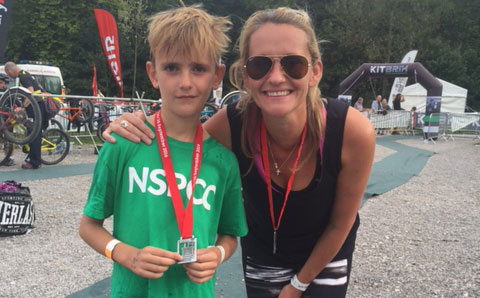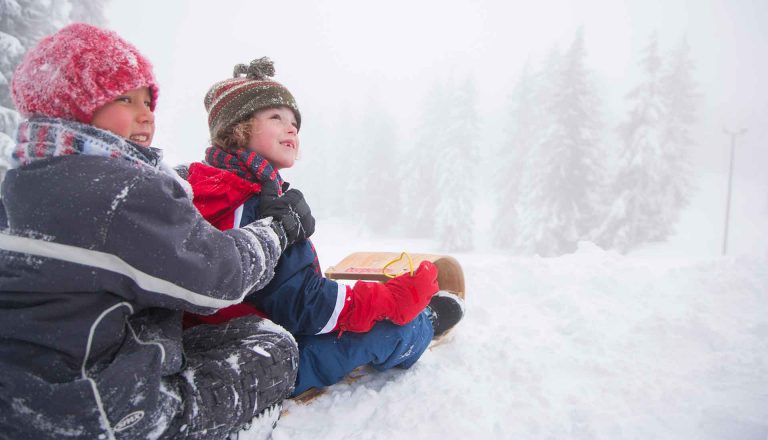Preparing for your Skiing trip
[vc_row][vc_column][vc_column_text]
In the next few weeks we’ll be posting some simple exercises to help you prepare and get the most out of your skiing trip.
Although the holidays are still a few months away, the time to start preparing is now!
Today we’ll start with one of the most important skiing muscles – the quadriceps. This is the large muscle that makes up the front of the thigh. It’s job is to straighten our knees, but also to keep them stable when they’re partway bent. As your knees spend very little time on the slopes in a fully straightened position, they’re going to be working really hard.
[/vc_column_text][vc_empty_space height=”22px”][/vc_column][/vc_row][vc_row][vc_column width=”1/2″][vc_single_image image=”3980″ img_size=”full” add_caption=”yes” alignment=”center”][/vc_column][vc_column width=”1/2″][vc_column_text]
A good exercise to begin with is what’s known as a “wall sit” or “wall squat”.
- Stand with your back leaning against a wall, and your feet 30-45cm from the wall. Your head should ideally be touching the wall as well.
- Flatten your low back against the wall (you should feel your stomach muscles gently engage)
- Slowly slide your back down the wall. Do not let your hips go lower than your knees, or let your knees go beyond your toes (you may need to move your feet further from the wall)
- Hold this position for 30 seconds.
[/vc_column_text][/vc_column][/vc_row][vc_row][vc_column][vc_empty_space height=”22px”][vc_column_text]
Sounds simple! However 30 seconds seems like a long time when you actually doing it.
If you can’t hold for 30 seconds, don’t slide down the wall as far. Once you can, gradually lower yourself back down, but never so far that your hips end up lower than the knees.
Repeat this exercise three times a day. From here, gradually increase the time you can hold, until you can hold for a minute. This is mainly an endurance exercise to increase the stamina of the quadriceps.[/vc_column_text][vc_empty_space height=”22px”][/vc_column][/vc_row][vc_row][vc_column width=”1/2″][vc_column_text]The other important exercise for the quadriceps is the standard squat (however, it’s advisable to wait until you can perform a 30 second wall squat before trying these). This will build more strength into the muscle, and also engaged the gluteal (buttock) muscles – also very important for skiing.
- Stand with your feet slightly wider than your hips.
- Imagine trying to spread the floor apart with your feet. You shouldn’t feel much actual movement, rather feel the muscles along the outside of your legs engage.
- Keeping your hips back and your spine gently arched, squat slowly down to the floor. This is where you may benefit from a trainer or someone to watch your form – you should stop before your low back begins to round.
- Slowly return to standing.
[/vc_column_text][/vc_column][vc_column width=”1/2″][vc_single_image image=”3981″ img_size=”full” add_caption=”yes” alignment=”center”][/vc_column][/vc_row][vc_row][vc_column][vc_empty_space height=”22px”][vc_column_text]
Initially begin with 2 sets of 10 every 2-3 days.
In order to progress, you can either slow down the movements or hold some light weights. A good weight variation is known as the “goblet squat”. It is performed much the same as a normal squat, except you hold a weight against your chest.
Let your elbows move in between your knees, and use them to push the knees outwards – this should allow you to get your hips slightly lower. It’s also particularly useful if stiffness in your ankles prevents you from squatting very far.
A note on how far down you should go – you should always make sure your low back does not round when squatting.
How deep you can go before this happens is mainly dictated by the depth of the hip socket. People with deeper hip joints cannot squat as far without rounding the back, whereas those with shallower sockets can go further. This is mainly dictated by your genes, and isn’t something you can easily change. It’s always a good idea to either record yourself or ask someone to watch you to check you aren’t going too far.[/vc_column_text][vc_empty_space height=”22px”][/vc_column][/vc_row][vc_row][vc_column width=”1/2″][vc_single_image image=”3982″ img_size=”full” add_caption=”yes” alignment=”center”][/vc_column][vc_column width=”1/2″][vc_column_text]
These two exercises will make a significant difference to the strength and stamina of your quadriceps, allowing you to ski for longer and with less risk of strain.
Important – you should discuss any new exercise plan with your chiropractor or a fitness professional before beginning. This does not comprise of specific exercise advice, it simply aims to give you an overview of what you can do and how to best use them. Not all the exercises mentioned will be suitable for everyone.[/vc_column_text][/vc_column][/vc_row][vc_row][vc_column][vc_empty_space][vc_text_separator title=”See Part Two” color=”mulled_wine” style=”dashed” border_width=”3″][vc_column_text]
In Part 2 of this post, we’ll look at another important exercise to prepare you for skiing – the “Hip Hinge” – CLICK HERE
[/vc_column_text][/vc_column][/vc_row]





